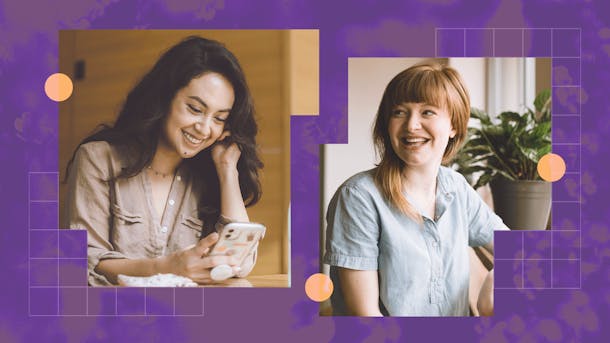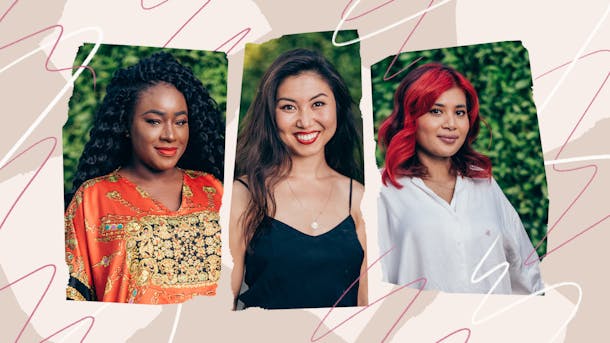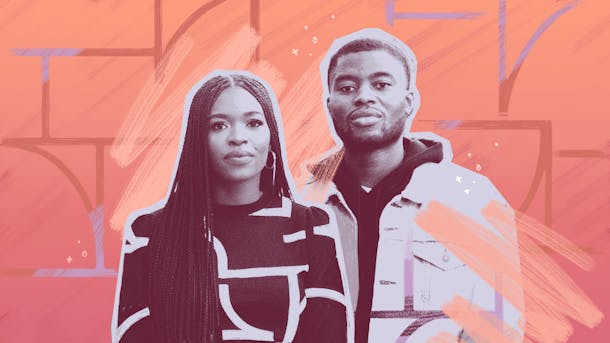
Feature Story
For women founders and funders, there's power in community
A look at how communities like Good For Her and WXR Fund are paying it forward and changing the landscape for women-founded companies.
Julia Austin has a history of creating communities wherever she goes.
Throughout her 30-year career, she’s built a reputation as someone who knows how to bring women founders and leaders together, empowering them with the community and resources to grow their businesses and thrive in their careers. But as Julia is the first to admit, founding these spaces for her peers wasn’t always a purely selfless act. Most of the time, she did it out of necessity.
A legacy of women-centered communities
At the start of Julia’s engineering career in Boston, other women in tech were few and far between. Many of Julia’s early professional years were spent surrounded by men. “It was hard to find other women at work who were like me — nerdy and aspirational toward leadership positions,” she explained.
It was this challenge that launched a decades-long focus on seeking out and connecting other women in tech. When she worked for then-startup Akamai, helping to scale the internet in the early 2000s, she founded a support network called “Moms at Akamai” for women and working moms to connect on everything from career trajectories to advocating for a dedicated breast pumping room in the office.
We just needed to find safe spaces to be authentically ourselves.
Throughout Julia’s time at Akamai, and in her next role at VMware, a consistent lack of role models both frustrated and motivated her. She kept watching the men around her advance in their careers, support one another, and build networks with ease — a vastly different experience from most, if not all, of the women she knew in the tech space.
There were hardly any women in management, no mentors, no one to emulate. So she continued to launch and lead events that would empower more women to enter leadership positions and, more importantly, to build a strong sense of community in a male-dominated field.
According to Julia, the point wasn’t to exclude men. “We just needed to find safe spaces to be authentically ourselves,” she said.
Shifting the focus to founders
Fast forward to 2015 — Julia had built an impressive career as an engineering leader, executive coach, Harvard Business School lecturer, and board member, advisor, and investor for multiple successful ventures. She had also started networking more regularly with tech founders in the Boston area and beyond.
Although it had been decades since her Akamai days, she saw striking parallels between her earlier experiences and the present landscape. She kept seeing women founders get excluded from the experiences (and funding) afforded to their cisgender male counterparts.
And these disparities weren't just anecdotal: In 2015, women-owned businesses were dramatically underrepresented in the marketplace, and they remain so today.
As she watched this inequality play out in real time around her, Julia decided to create yet another community. This one took shape as a collection of peer-based cohorts for women founding companies, and she named it Good For Her.
The name is a snarky nod to a line she heard repeatedly when telling venture capitalists — who were almost always men — about incredible women she knew who were building promising companies. “Good for her,” they’d say, without asking for an introduction or any further information. (“I don’t really know any women founders” is another memorable line Julia cites when telling the origin story of Good For Her.)
The name stuck, and Good For Her just assembled its fourth cohort.

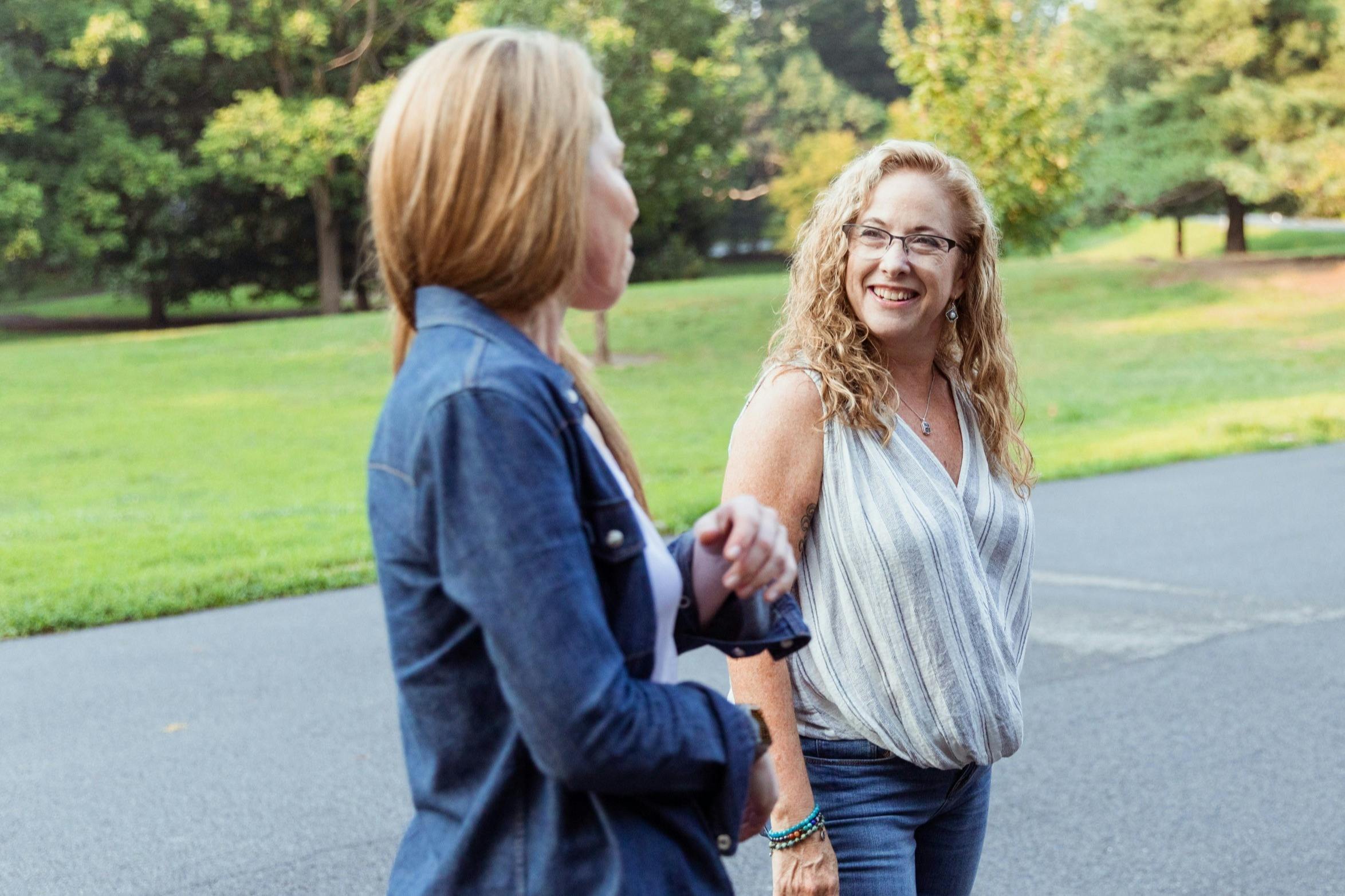
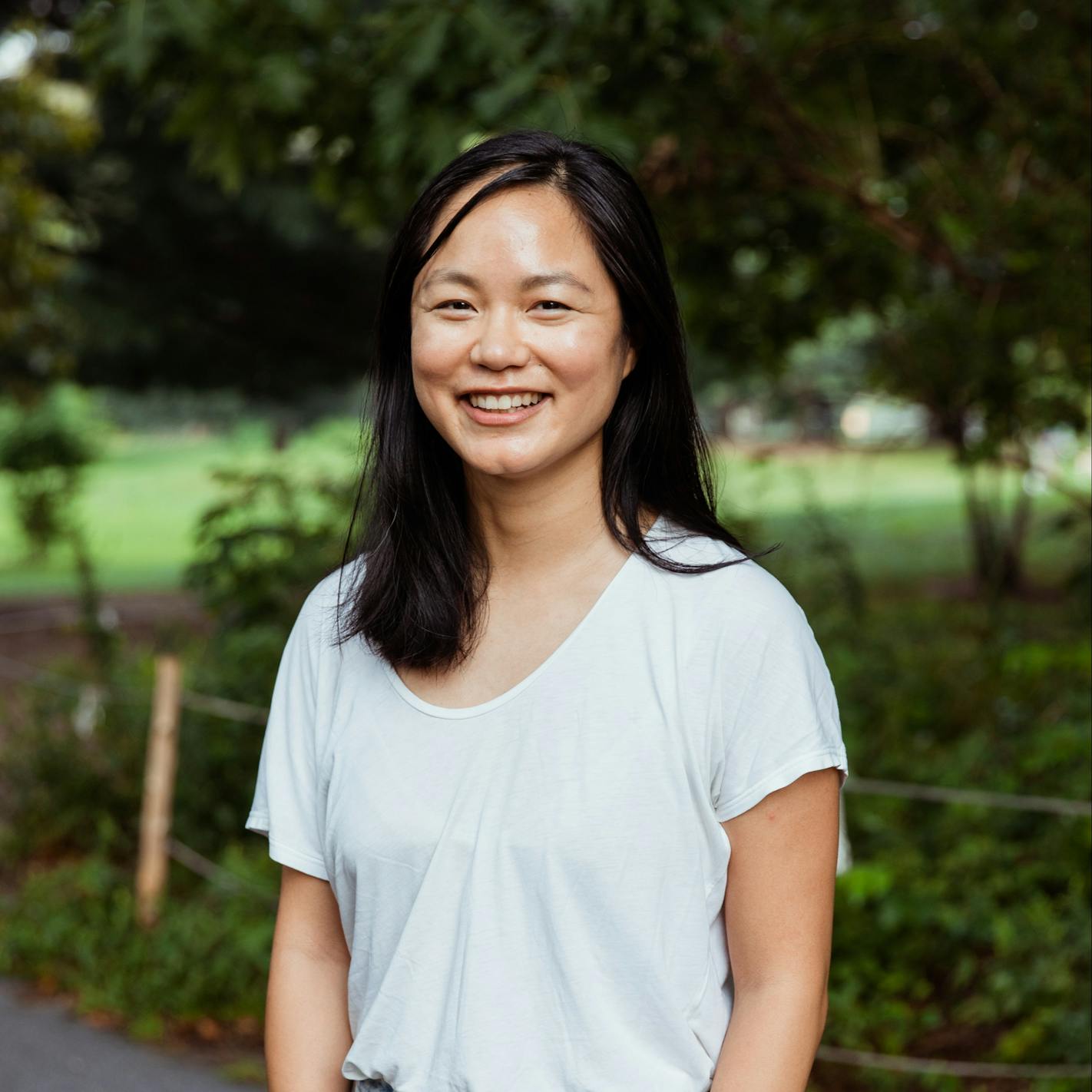
Members include diverse, like-minded, C-suite leaders of cross-industry, early-stage companies. They support each other, learn from one another, and share knowledge on a whole gamut of founder-focused topics like fundraising, marketing and product strategy, people-related processes like hiring, firing, and managing, and in-the-weeds details of benefit plans, PTO, and parental leave policies.
Though Julia does bring in subject-matter experts to run workshops from time to time, she makes sure the environment is one in which Good For Her members can drive their own growth. “The goal is for them to see how they can support each other as a community, not have one person or source of truth be hub-and-spoke,” she said.
There’s intention behind every part of the cohort building process, including how she prioritizes “diversity on all planes” — across age, parental status, ethnicity, growth stage, and industry. “You can be building a beauty product and an enterprise SaaS product and still have the same challenges,” Julia explained.
Good For Her members, past and present, have indeed represented a variety of industries and companies ��— from a Slack bot for workplace inclusion, to pet insurance, to a travel tool for booking mini-apprenticeships with artists around the globe. The community also includes the founders of companies like Oui the People, a sustainable and inclusive beauty brand; HumanFirst, a healthcare infrastructure startup; CodeSee, a codebase onboarding tool; LearnLux, a financial planning and education platform; and many more.
Though the circumstances around the communities she’s built and fostered have evolved from Moms of Akamai through to Good For Her, Julia’s goals have stayed consistent.
“The thread for me has always been the same,” she reflected. “I asked myself: How do I make sure these women find each other so they can build a community? And it's not just for everyone else — I also wanted my own community. It benefits me, too.”
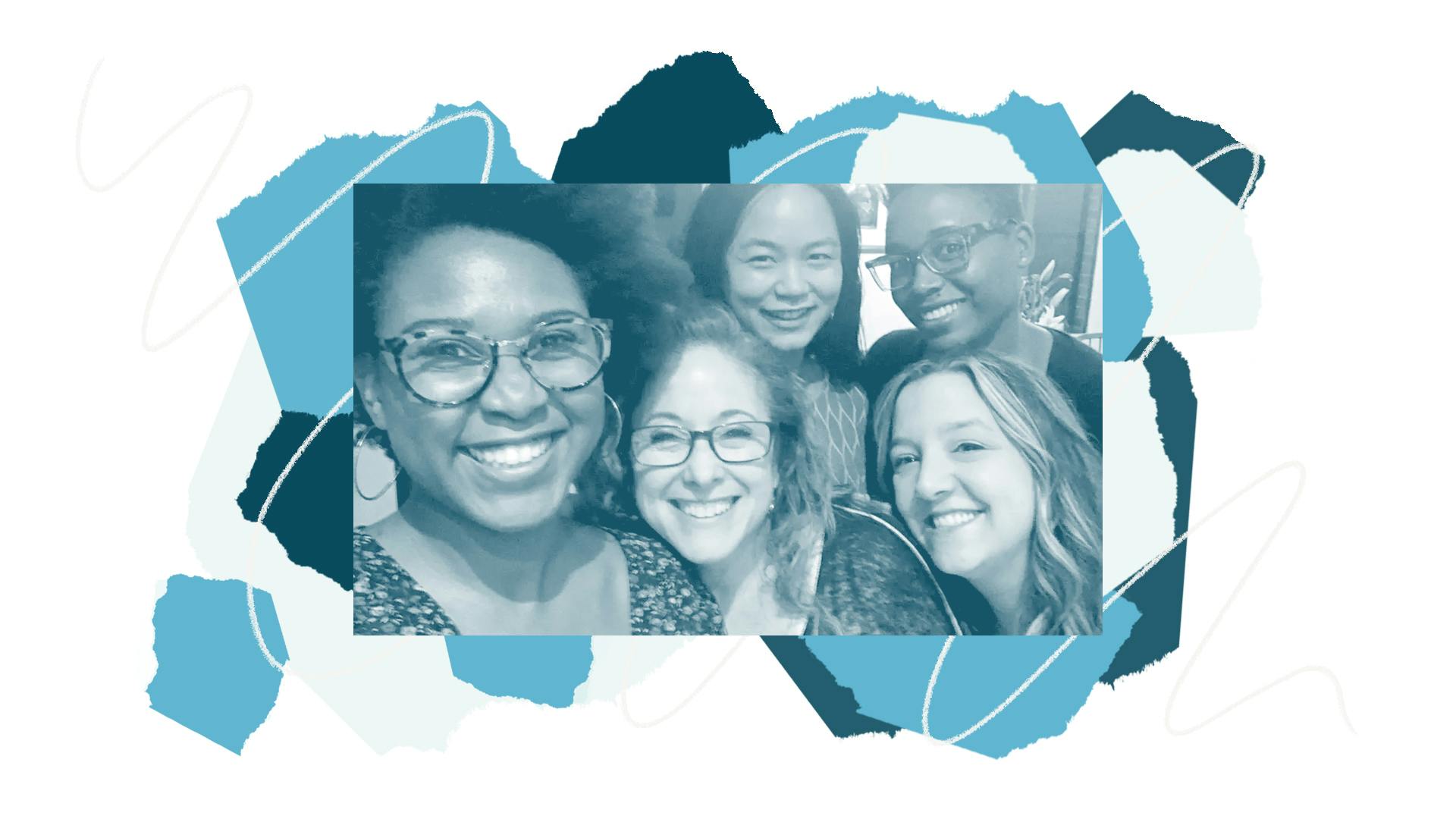
For more women founders, we need more women funders
Communities like Good For Her and so many others serve as powerful spaces where women can propel their businesses forward through resource sharing and support. But changing the landscape for women entrepreneurs will be a multidimensional effort — one that addresses all parts of the founder experience.
A major lever in accelerating growth for many companies involves raising capital, a process that subjects women and nonbinary founders to both conscious and unconscious bias.
Despite the fact that 2020 was the third consecutive year the U.S. venture industry deployed record-setting capital, funding for women-founded startups fell significantly when compared to the prior year. As of the beginning of 2021, just 9% of new companies were founded by women, and only 2.3% of all capital invested in startups goes to women-founded companies (down from an already meager 2.8% in 2019).
Part of this decline stems from the fact that fewer than 5% of venture capital (VC) partners in the U.S. are women. And of that percentage, the majority are white. Another possible reason: When the COVID-19 pandemic created panic and uncertainty, funders tended to invest where they were most comfortable — and when an overwhelming majority of VC firms in the U.S. are controlled by men, that leads to more investment in companies also run by men.
As Pam Kosta — CEO of All Raise, an organization that advocates for women investors and founders — told Crunchbase News: “...the flywheel of male-dominated wealth creation is hardening.” Kosta continued: “So what’s the solution? Tech and VC are industries built on two things: relationships and insider knowledge.”
If we can collectively create more inclusive communities for founders and funders from underrepresented groups, that will open new doors to funding, partnerships, and the advice and mentorship that’s historically been afforded to cisgender white men.
To help broaden the access to these partnerships and funding, women like Amy LaMeyer, Managing Partner at WXR Fund, are helping to launch funds with community at their core.
Amy first learned the power of paying it forward and community-building for women in tech in the earlier days of her career — at Akamai, where she was hired by Julia Austin.
Empowering women to build the future
WXR Fund is the “only venture firm at the intersection of the next wave of computing and female founders.” They invest in augmented and virtual reality companies that have at least one female on the leadership team, and Amy believes their opportunity to make an impact in the XR space (an umbrella term for both virtual and augmented reality) is time sensitive.
“In this next wave of computing, we want to enable a more diverse set of voices. Right now, at the ground level of this shifting paradigm, is the time to make a difference,” Amy said. “Let's make sure that there are some women in there building the future, too.”
Amy spent 16 years at Akamai before shifting her focus to XR startups in 2016. Like Julia, she witnessed how isolated women were in the tech space, and together they saw how crucial it was to bring women together.
In addition to building a strong portfolio, building women-centered communities is still a core driver for WXR. “I lived through the growth of the internet phase of computing and experienced firsthand how male-driven technology can be. I don’t want that to happen with the next wave of computing,” Amy said. “We need a diverse community to build for a diverse set of people.”
WXR Fund started as an accelerator program, and it immediately became clear they were onto something. Hundreds of companies and mentors applied to be involved in the program, and a powerful community began to form as a result. Amy and WXR founder Martina Welkhoff determined there was enough of an opportunity to build a fund specifically for women-owned XR startups.
It wasn’t always a smooth road for Amy and Martina. “It was really hard, particularly during the pandemic, and being first-time funders in an emerging tech market,” Amy shared. “There were a lot of things stacked against us."
But they persevered. The partners took their first checks at the end of 2019, and by June 2021, they had closed the fund and already invested in seven industry-diverse, seed-level companies.
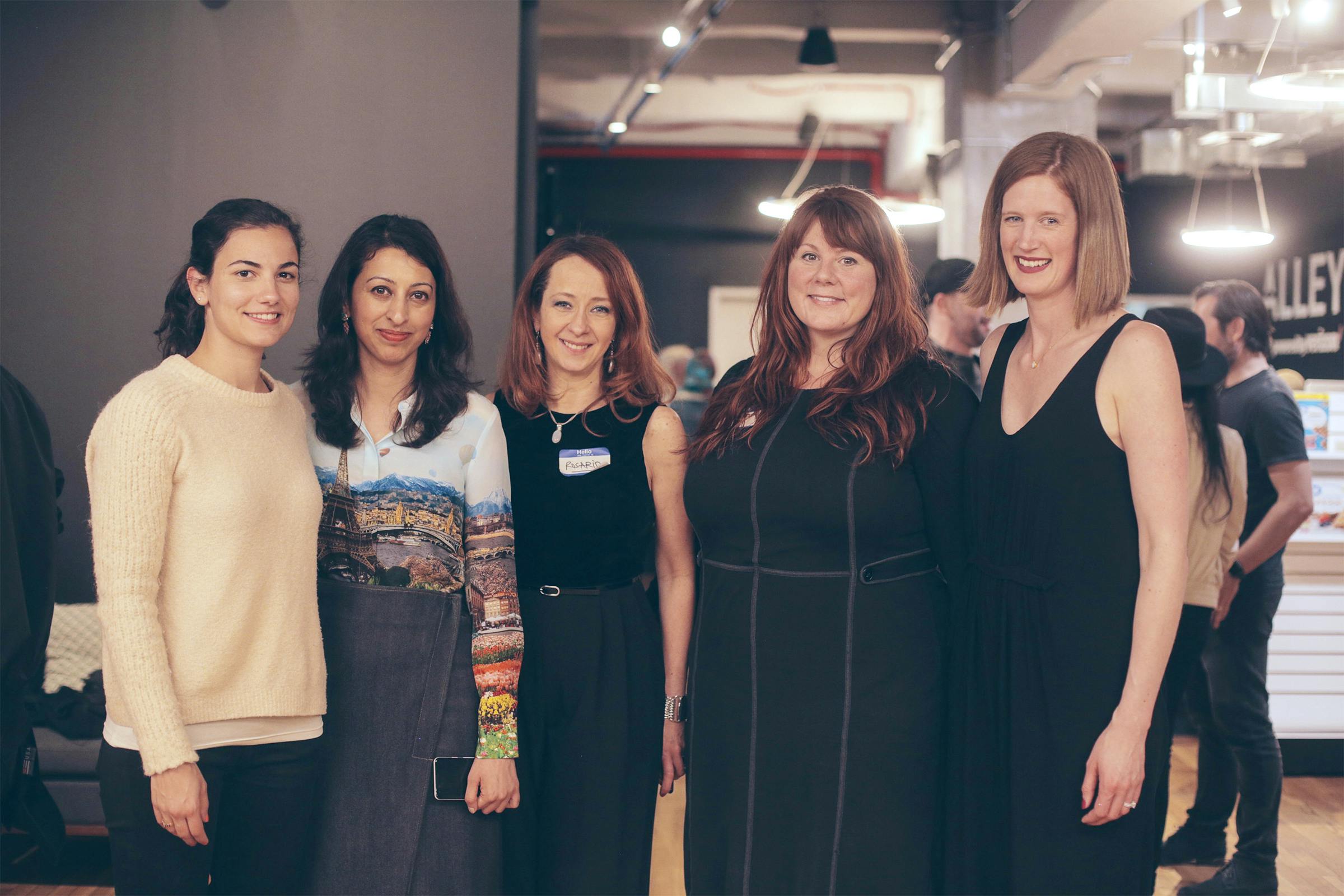
Making change at every stage of the cycle
In the process of raising, Amy and Martina made sure to reach out to women investors as well. As a result, over 50% of their limited partners (LPs) are women. The partners are proud that the fundraising process is gender diverse at every level and that they’re making WXR a hub and community for women in venture, in addition to being a fund.
“Not only are we helping founders, but we’re also helping more women understand what it means to be a limited partner and put money in venture,” Amy said. “We're encouraging a community of women to enter that chain of LP, to venture, to woman-led startup.”
This chain reaction has proven a powerful change agent for women’s representation in the workforce. Women in VC are twice as likely to invest in women founders. Startups with at least one woman founder go on to hire two and a half times more women than companies with all-male founders. And companies with a woman founder and at least one woman executive hire six times more women.
Plus, research shows that when women are in charge, businesses are more likely to be focused on making social contributions and building good relationships with employees. More women in the startup funding cycle means far-reaching benefits for society as a whole.
But WXR isn’t exclusively about societal impact and closing gender gaps — Amy also believes they’ll make money as a successful fund, adding, “We know the data says women founders work their asses off.”
She’s right. Despite overwhelming funding obstacles, studies have shown that women-owned companies outperform those owned by men by a significant margin. Businesses founded and run by women also deliver higher revenue by more than twice as much per dollar invested.
Community and paying it forward go hand in hand
The need for women-led communities like Good For Her and funds like WXR is rooted in a lack of access to funding and resources for women and nonbinary founders, but Julia and Amy have hope for changing tides — in large part due to the power of community.
Julia’s ultimate barometer of success with Good For Her has been watching each cohort continue to strengthen their bonds, both personally and professionally, after she removes herself from the equation. Her main goal is still the same as it was from the early days of her career: Make sure smart, savvy women can find one another — and the authentic community-building will happen naturally.
Time and time again, it works. Founders from her cohorts have formed deep, organic connections. They meet up for backyard barbecues with their families. A former head of product from one cohort helped a founder from another cohort make her first product team hire. These are the stories that motivate Julia to keep doing what she’s doing.
“I play this tape back in my head all the time,” she said. “I think: ‘OK, come up with something where you're helping women the way you wish you had been helped. I can pay it forward. I can do this.’ And so I did.”

For Amy, one of the best byproducts of community is representation. “We’re supporting each other, we’re showing each other what’s possible,” she said. “Just this morning, I learned about a women-led fund that raised their third fund of $57 million. I thought: ‘Someone’s done it, and we can do it, too.’”
Amy belongs to a handful of women-led VC communities (like All Raise, Transact Global, and Women in VC, to name a few) as well as several welcoming communities for women in XR. She truly believes these communities will change the face of venture and tech.
Community is what brought Julia and Amy together decades ago, and it’s the foundation of their careers to this day.
“For me, it’s the way to be more efficient, more effective, and less biased,” Amy said. “It’s working with a team of people that can make your ideas stronger. Community and paying it forward go hand in hand.”
Photography by Savannah Lauren
